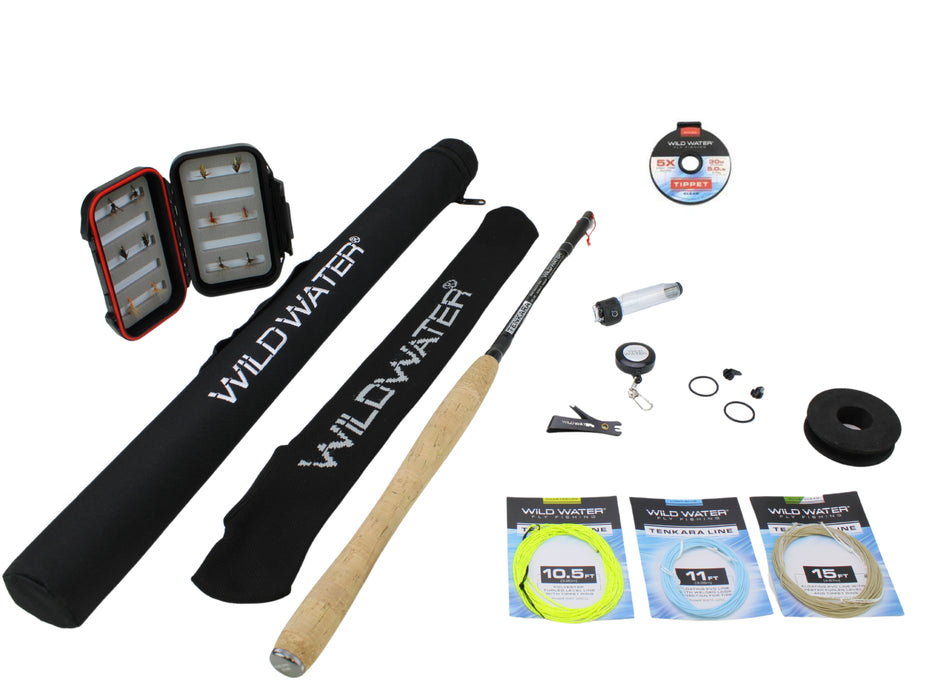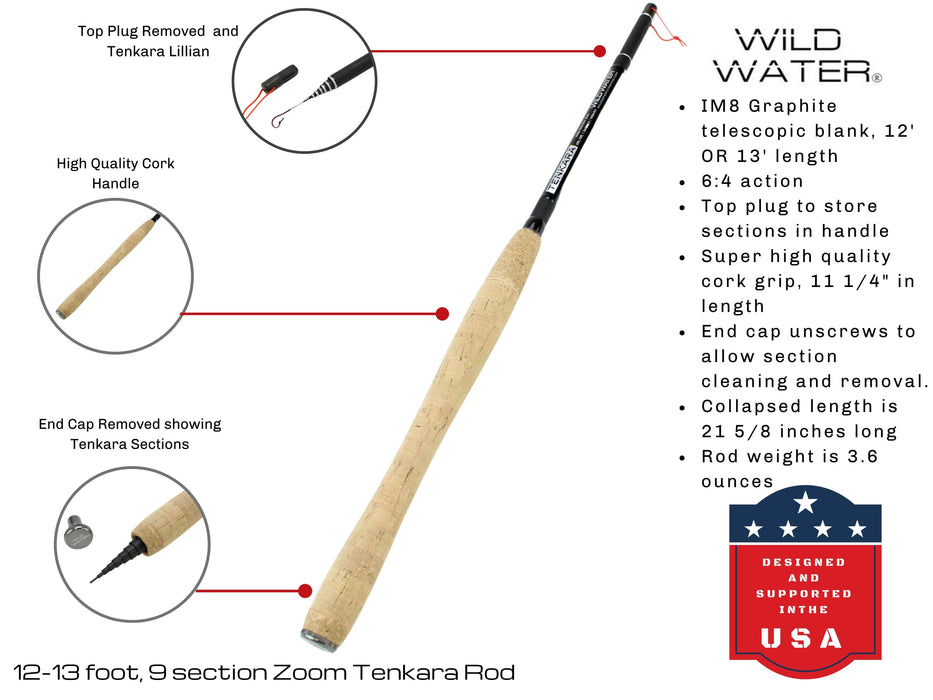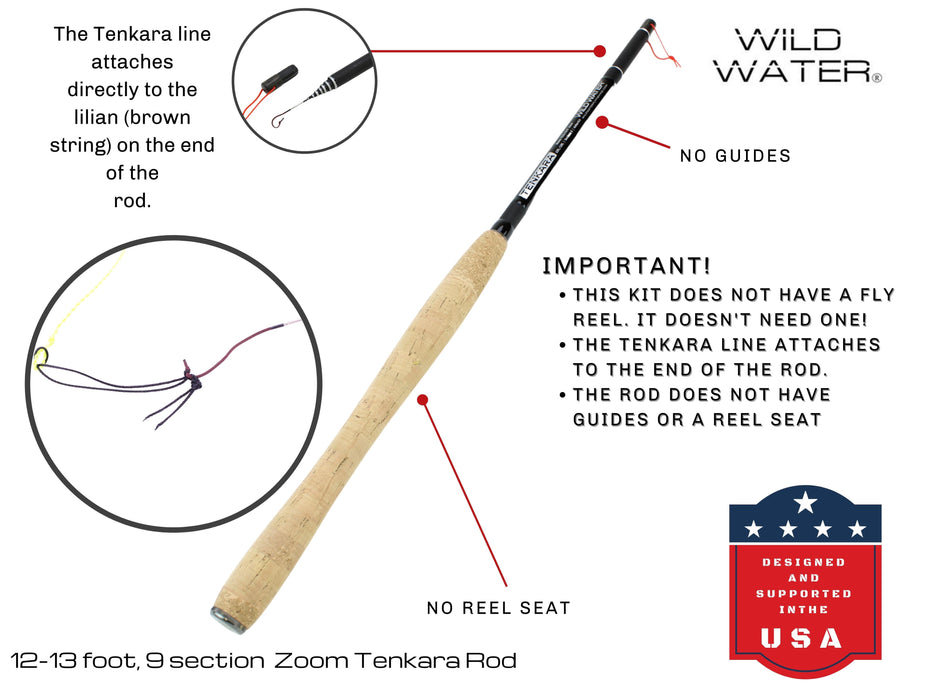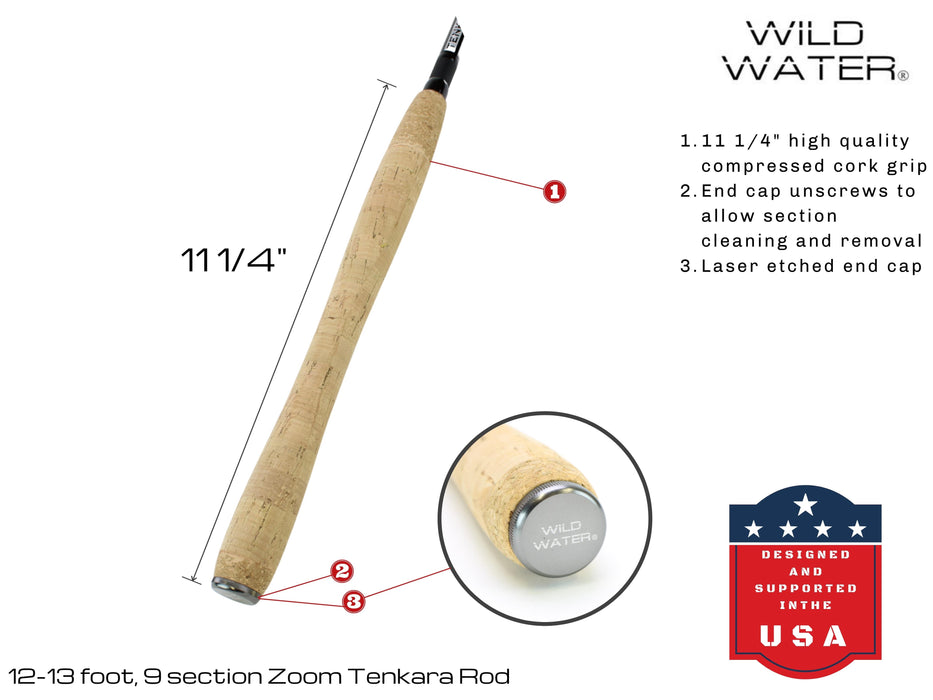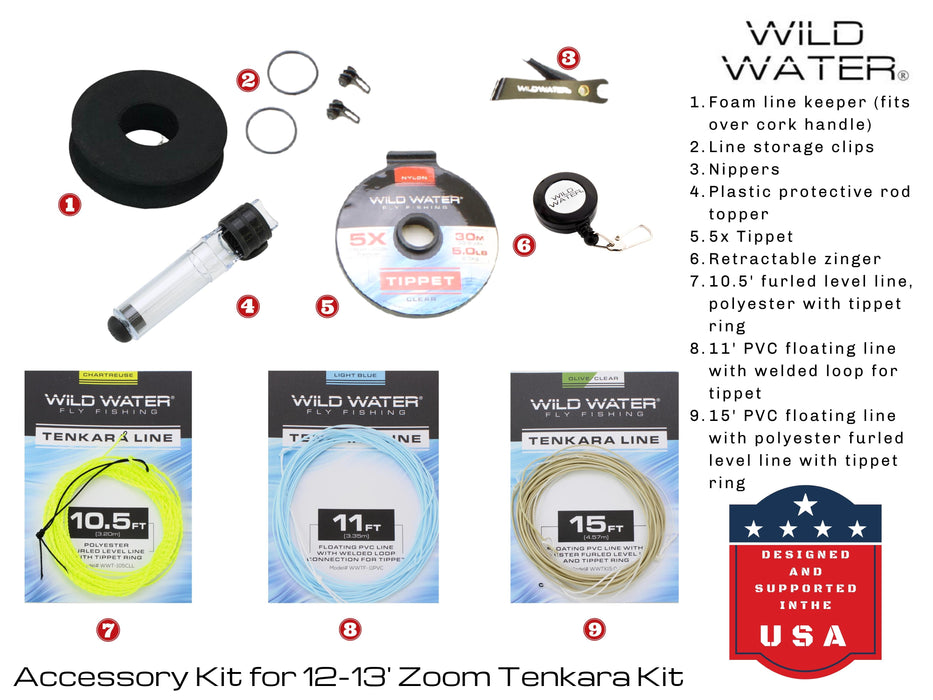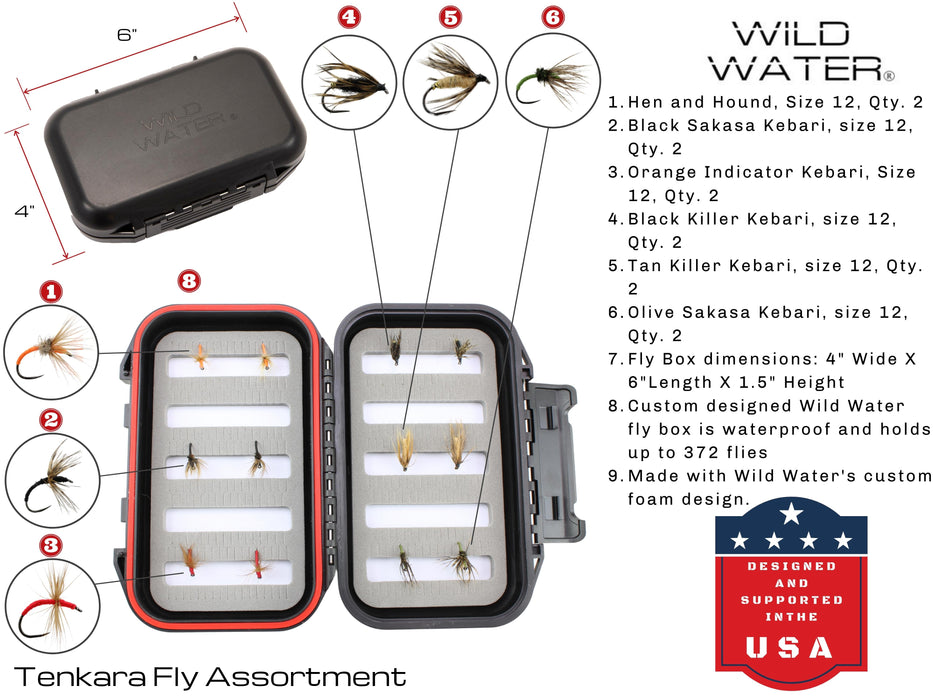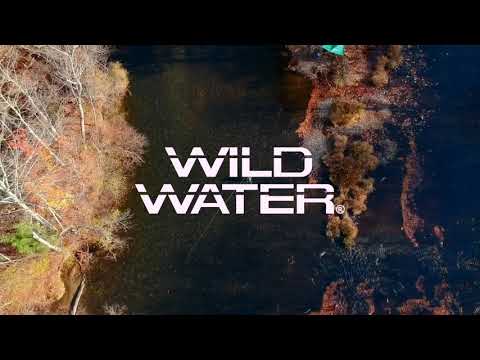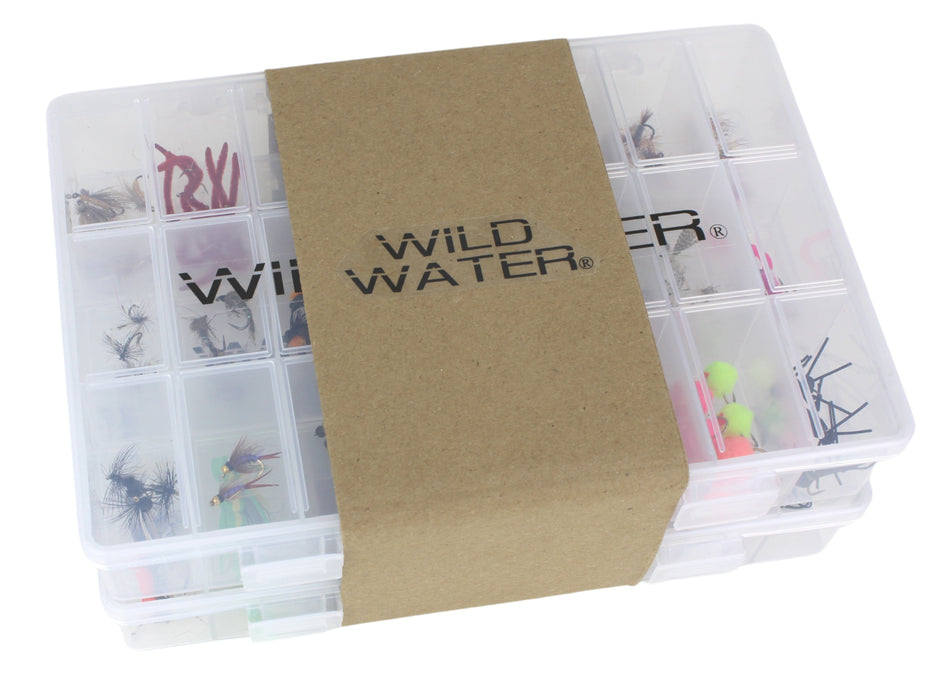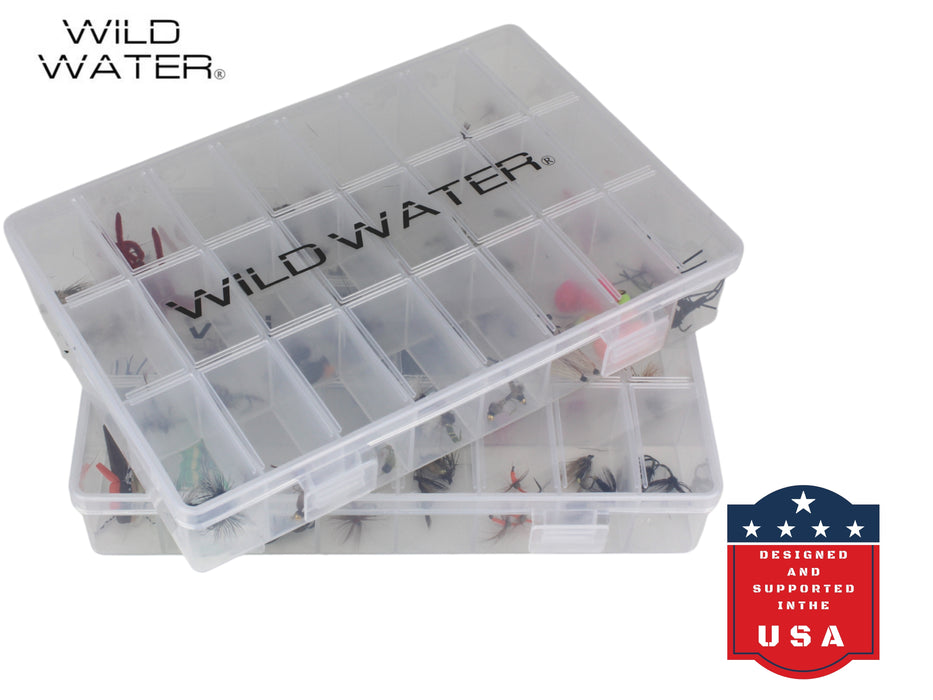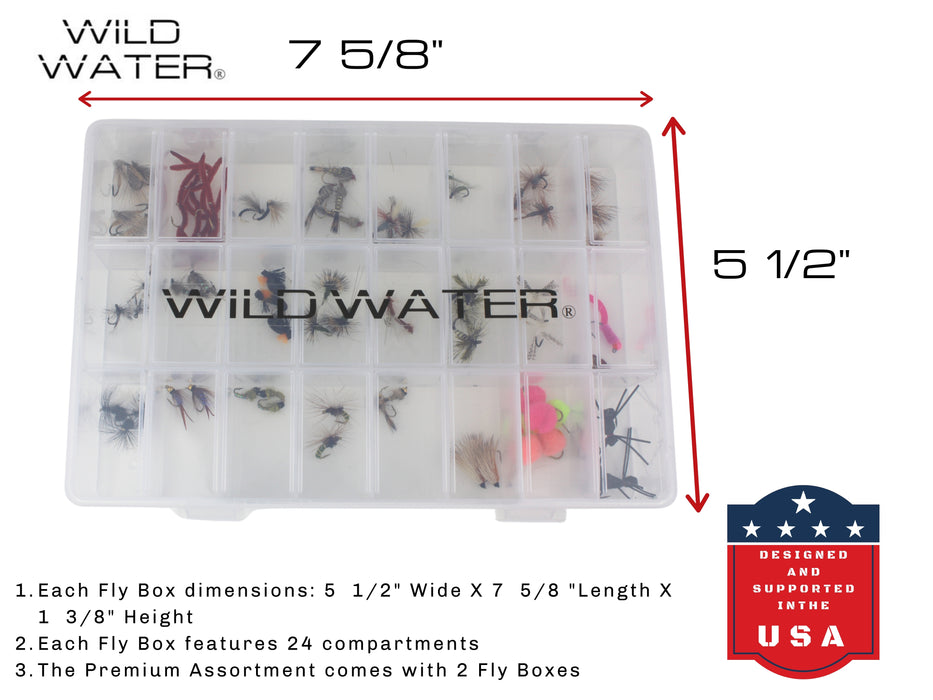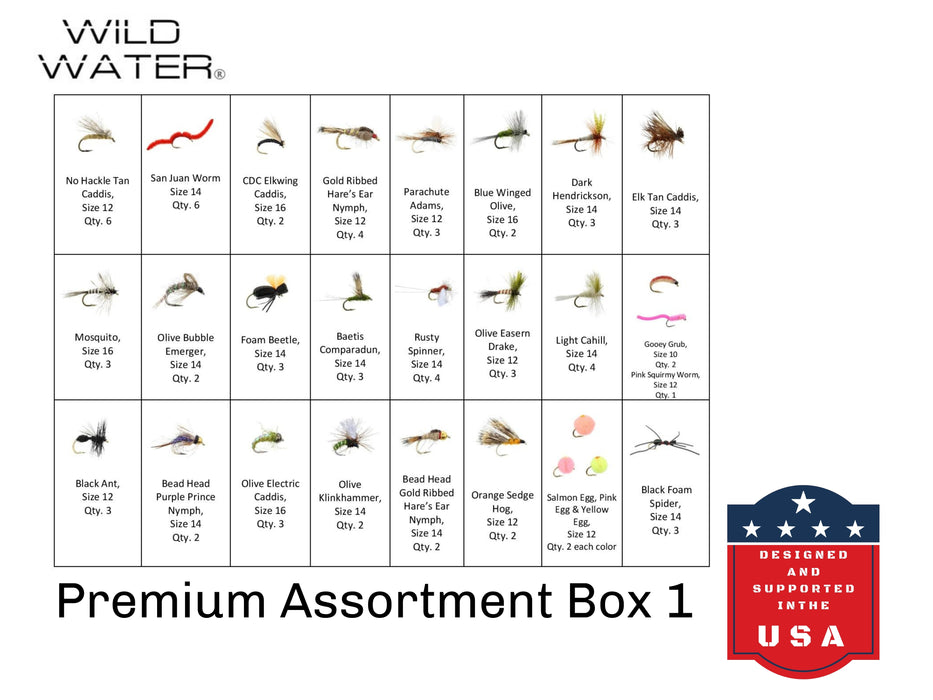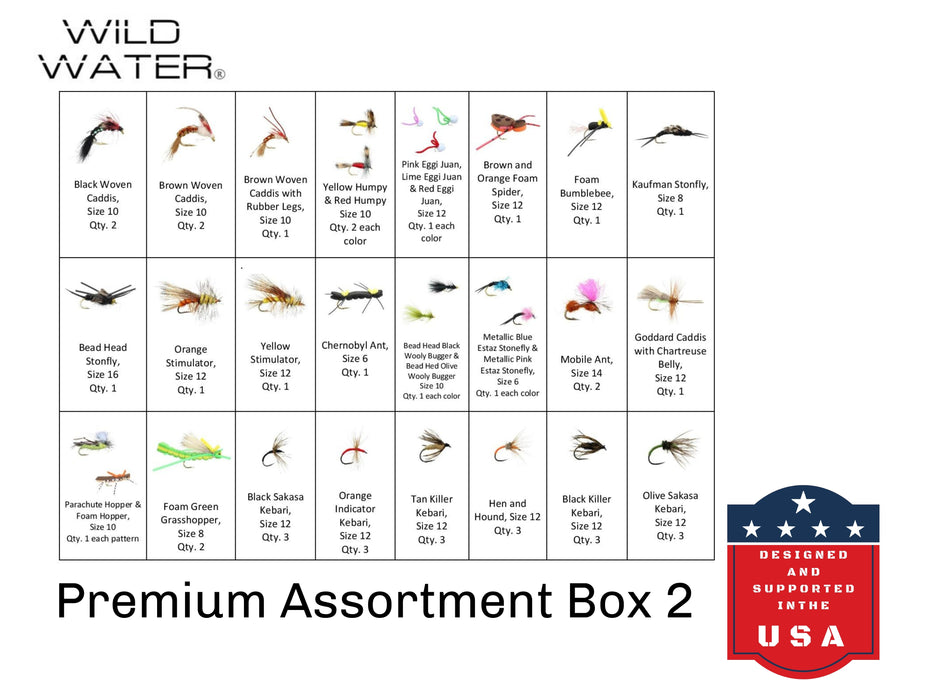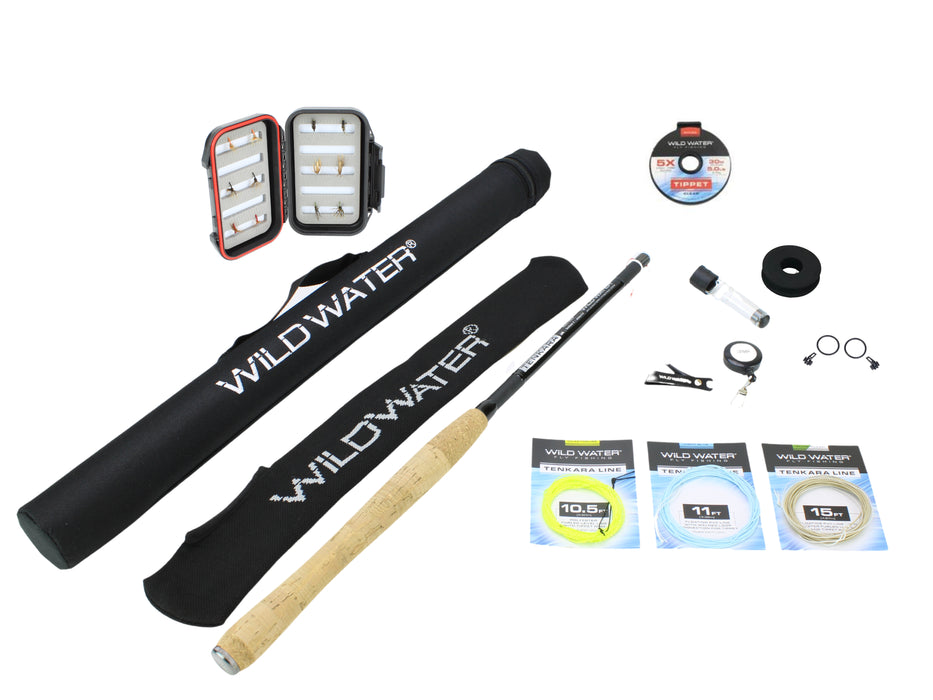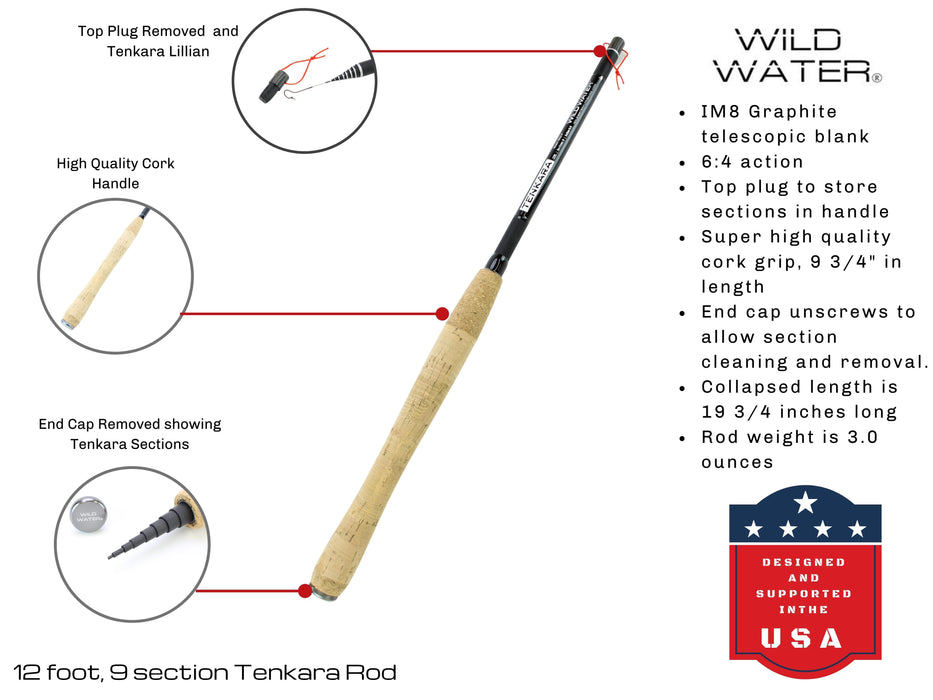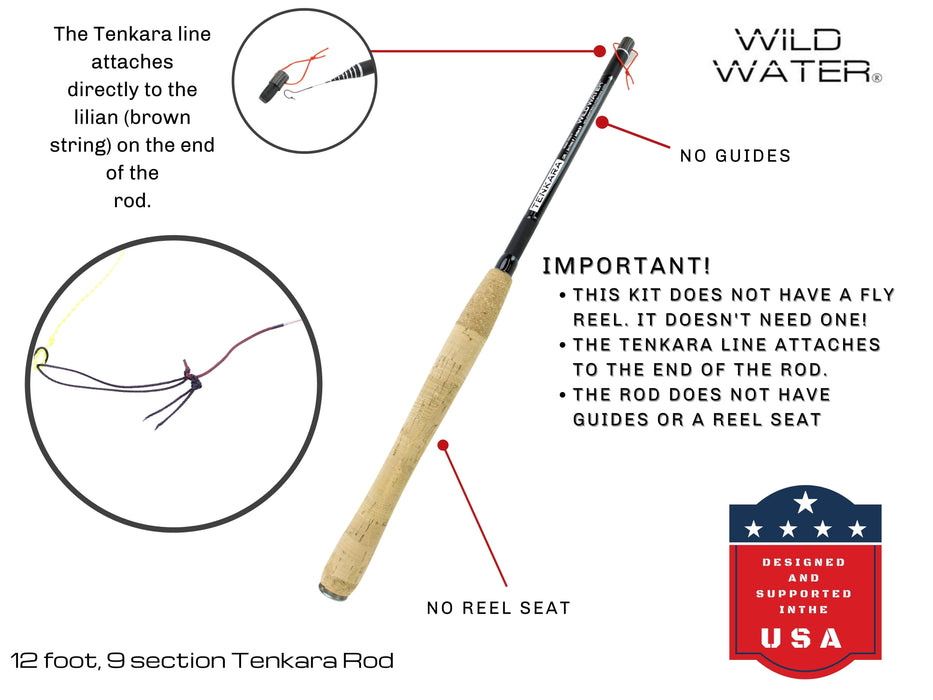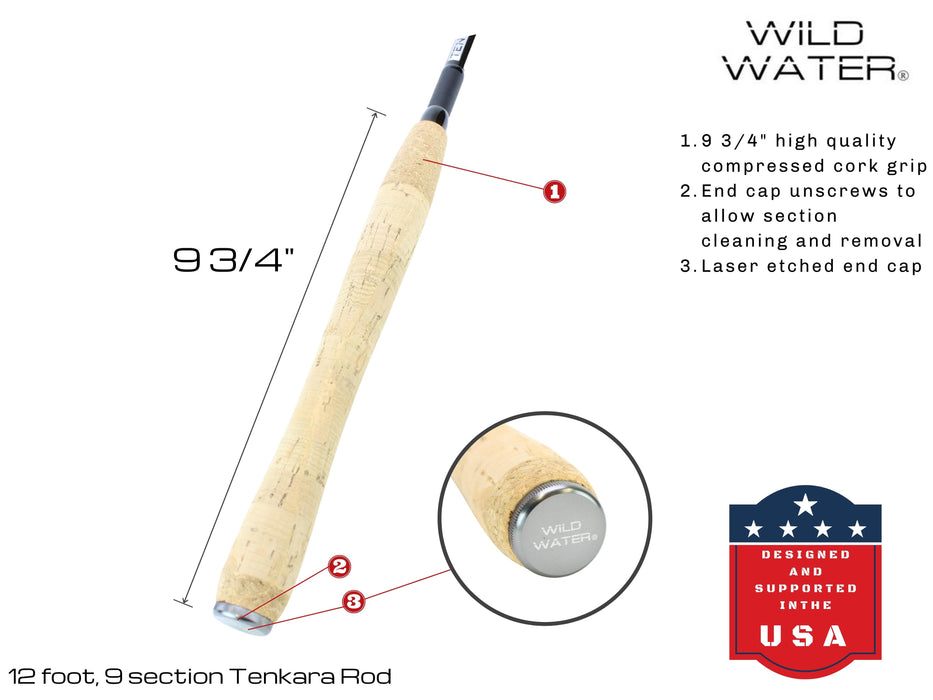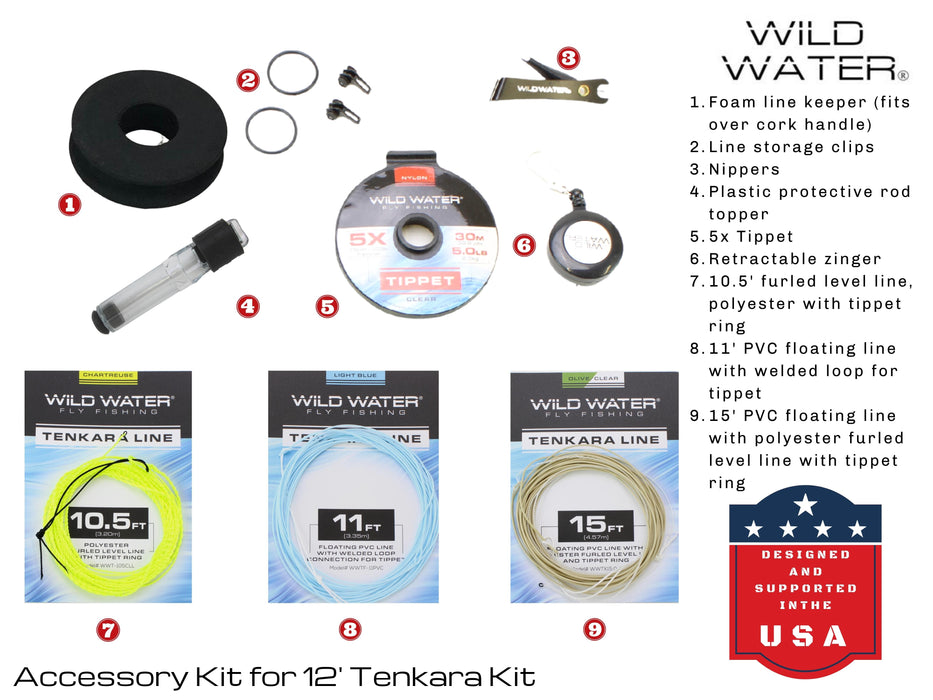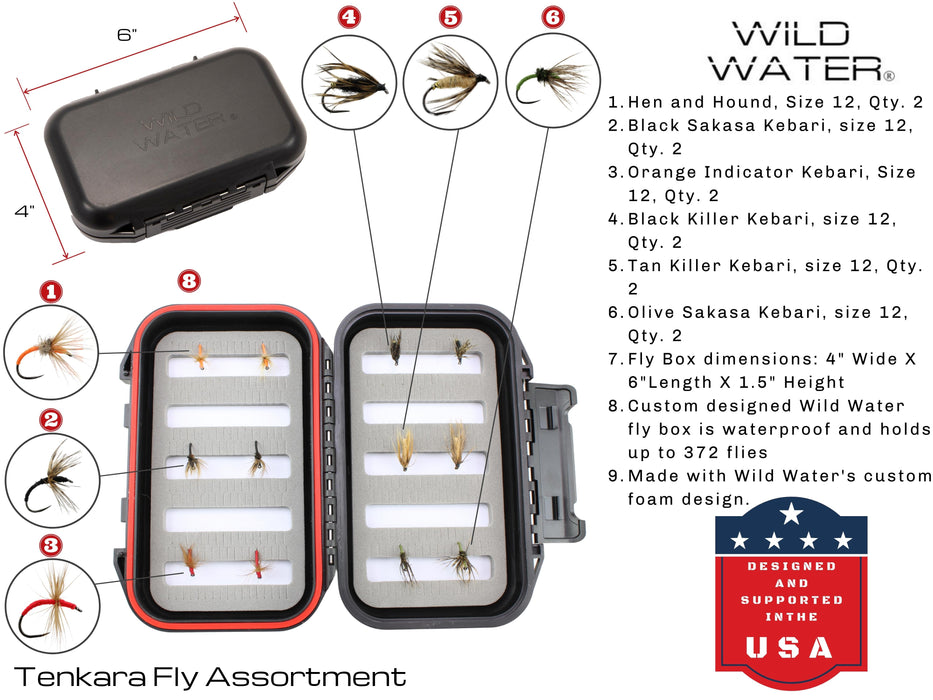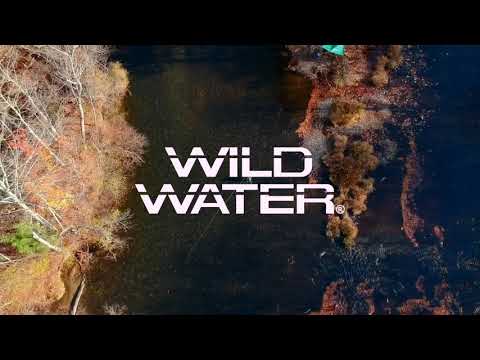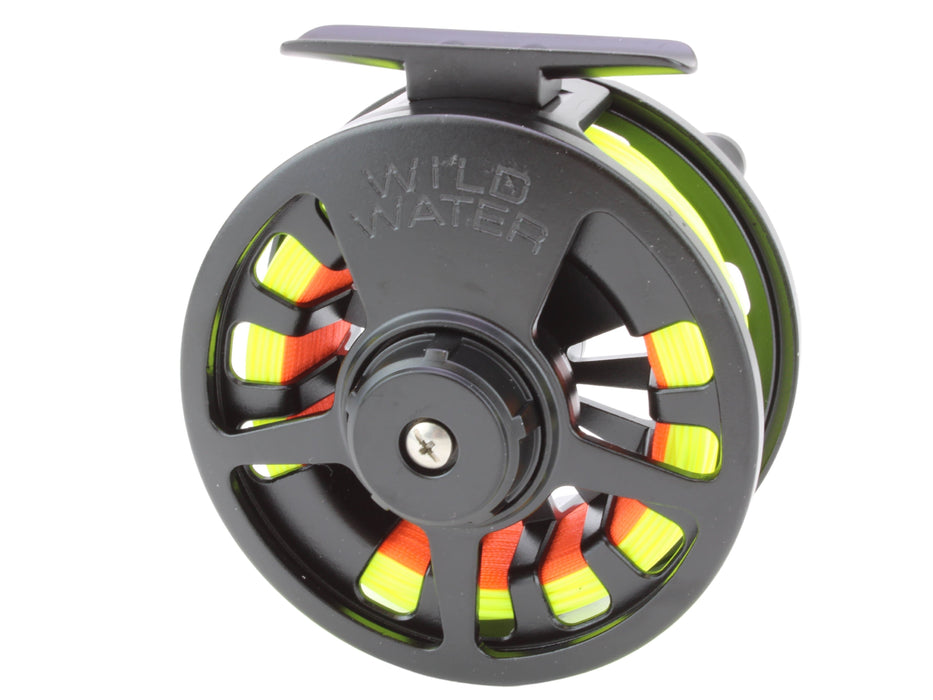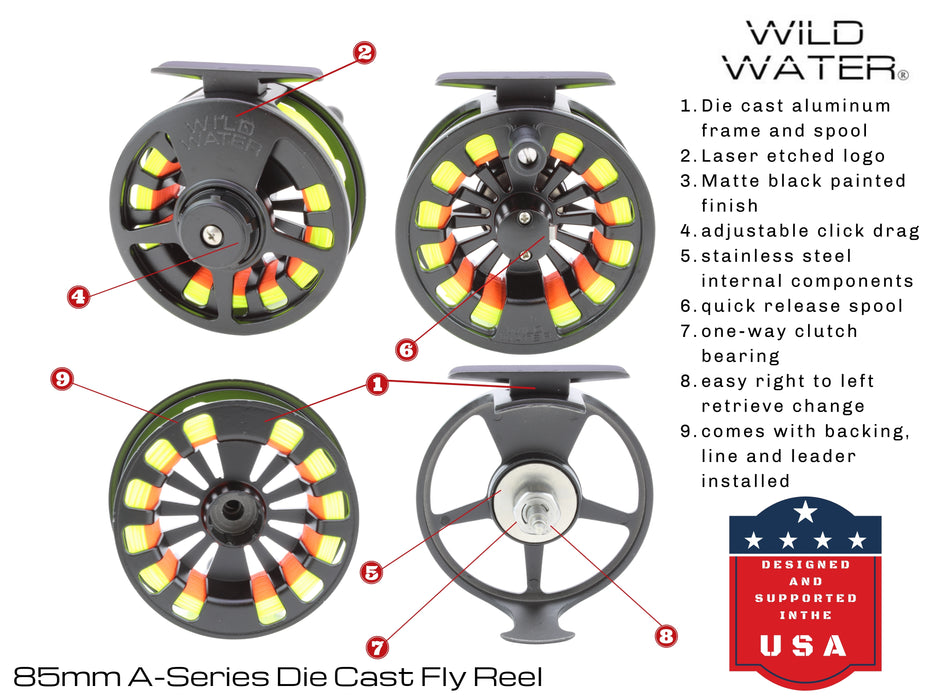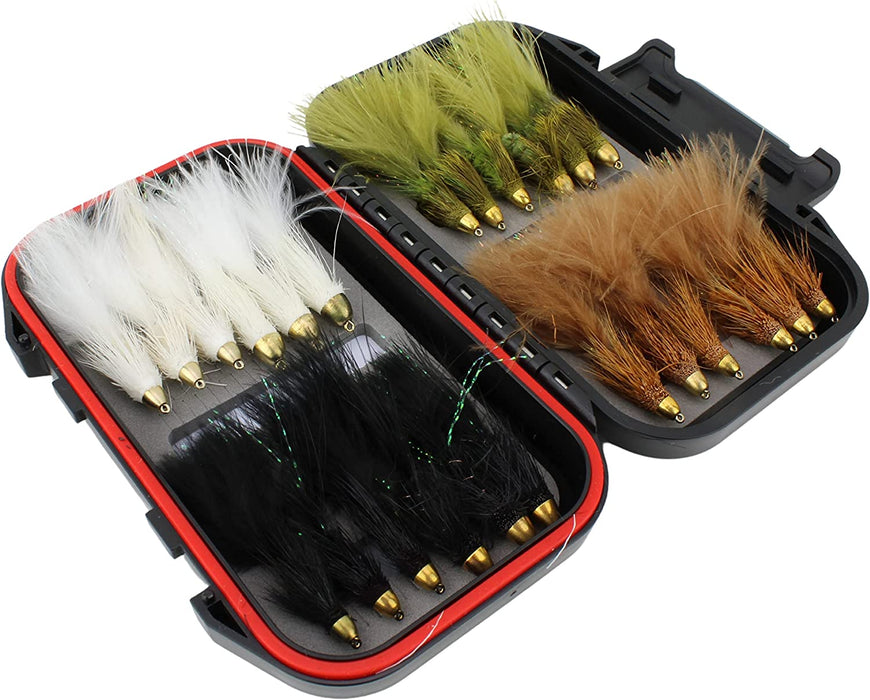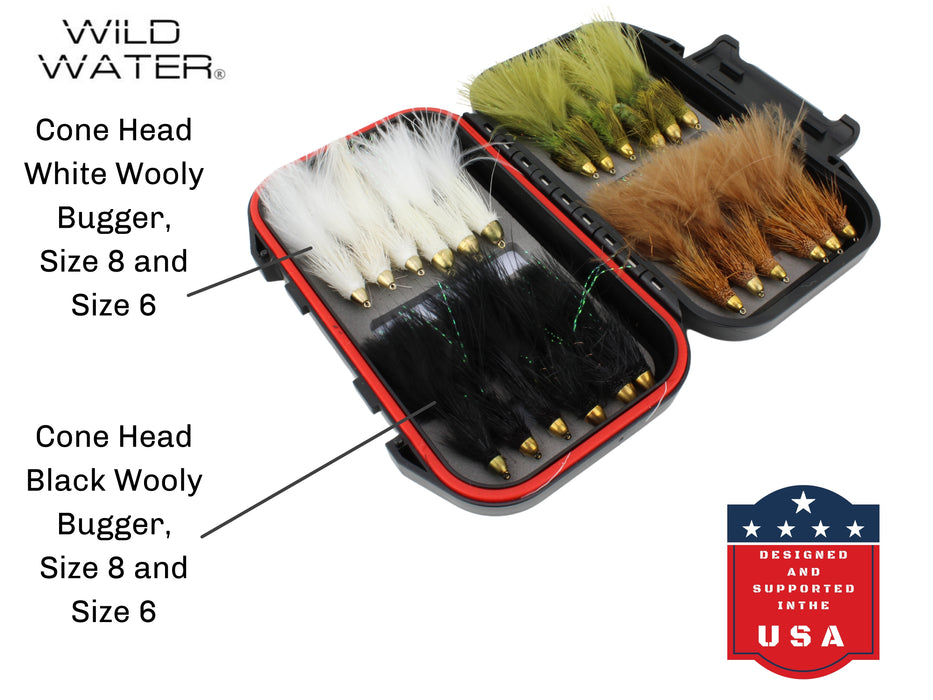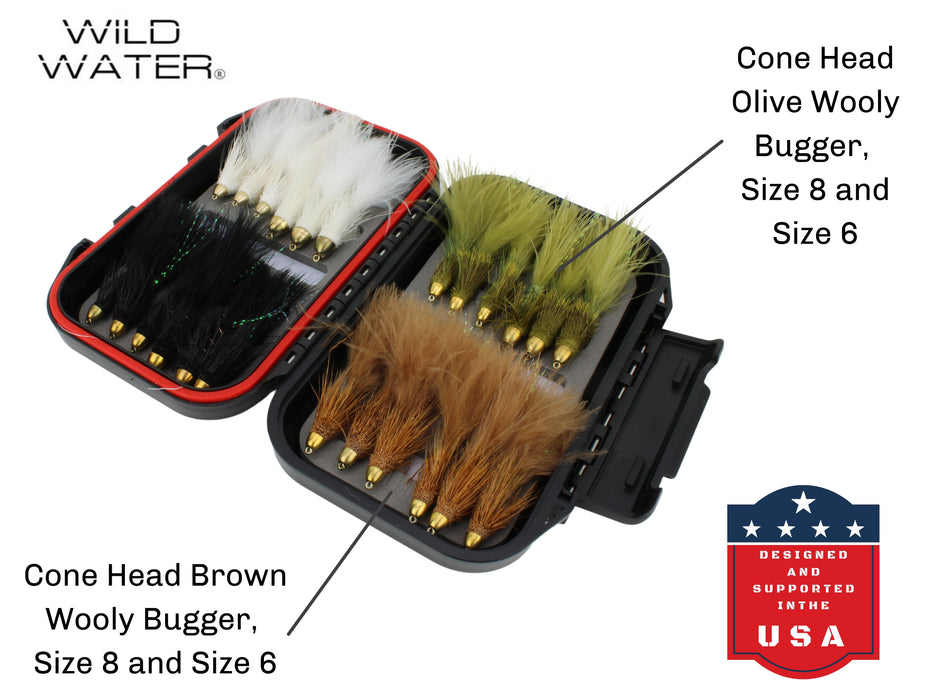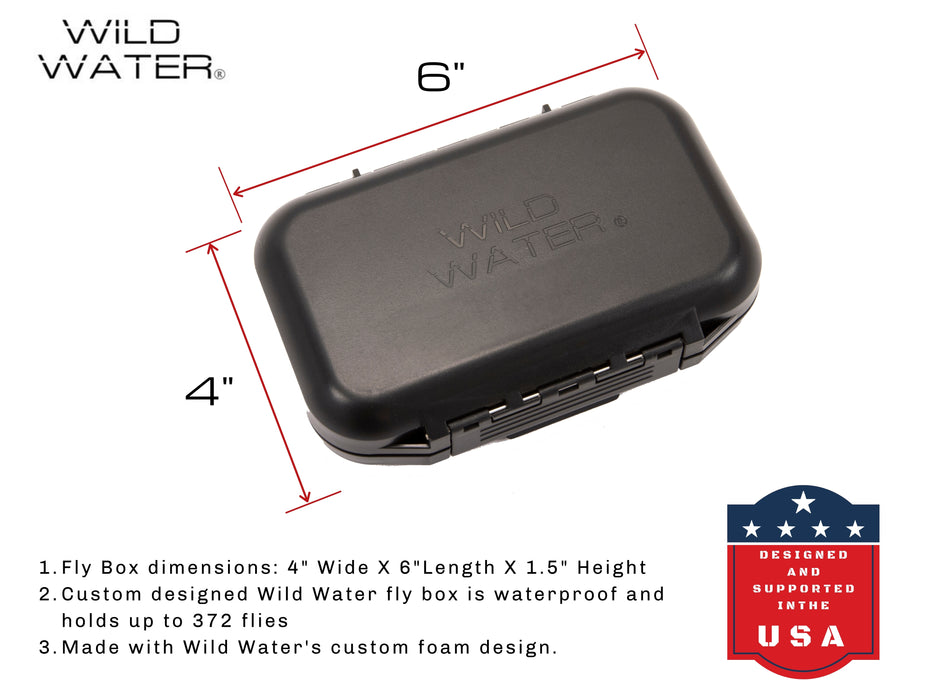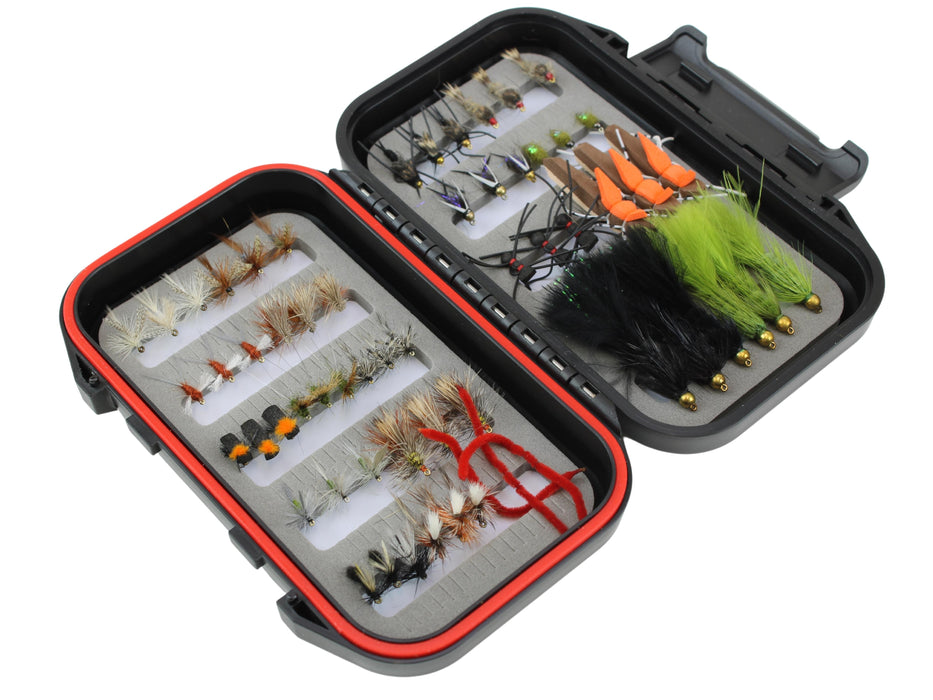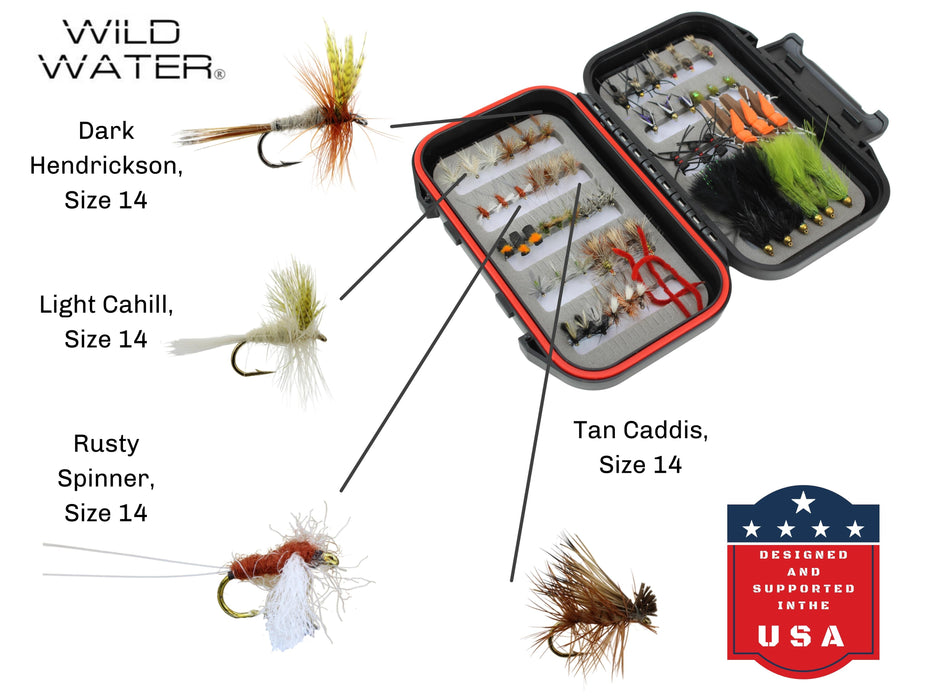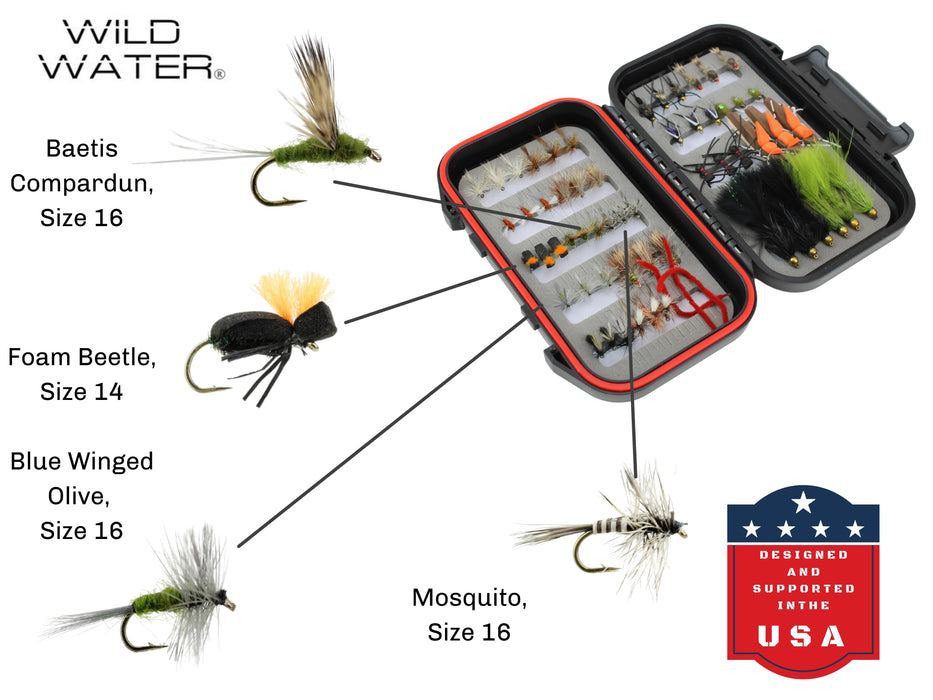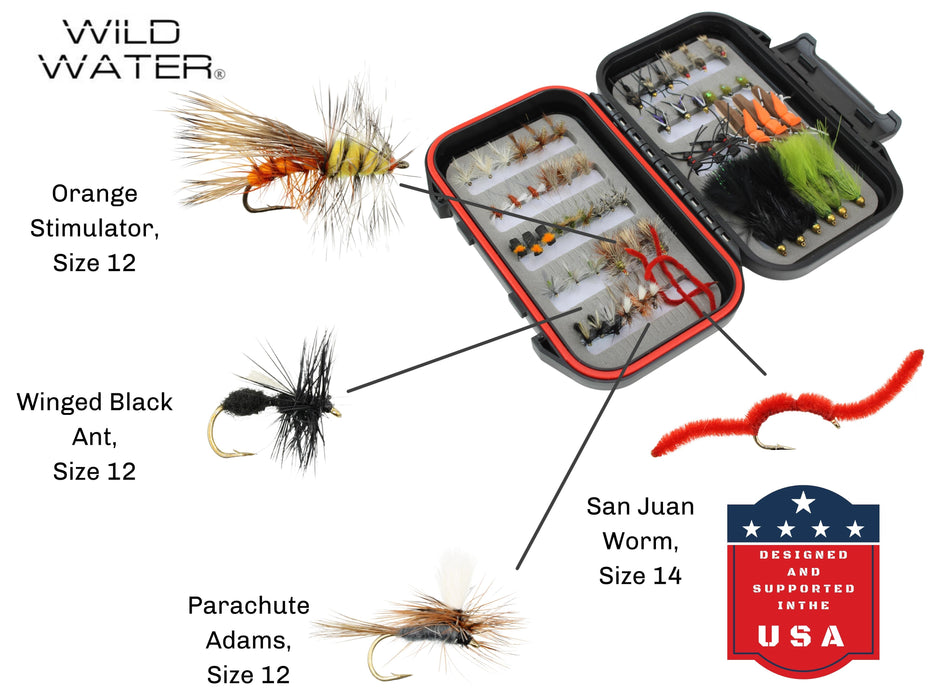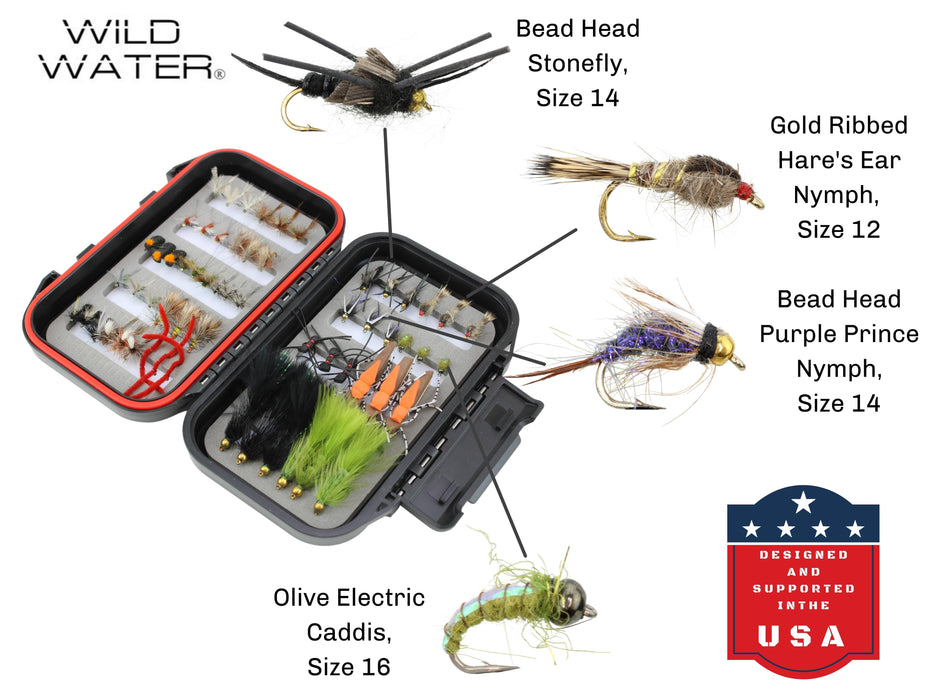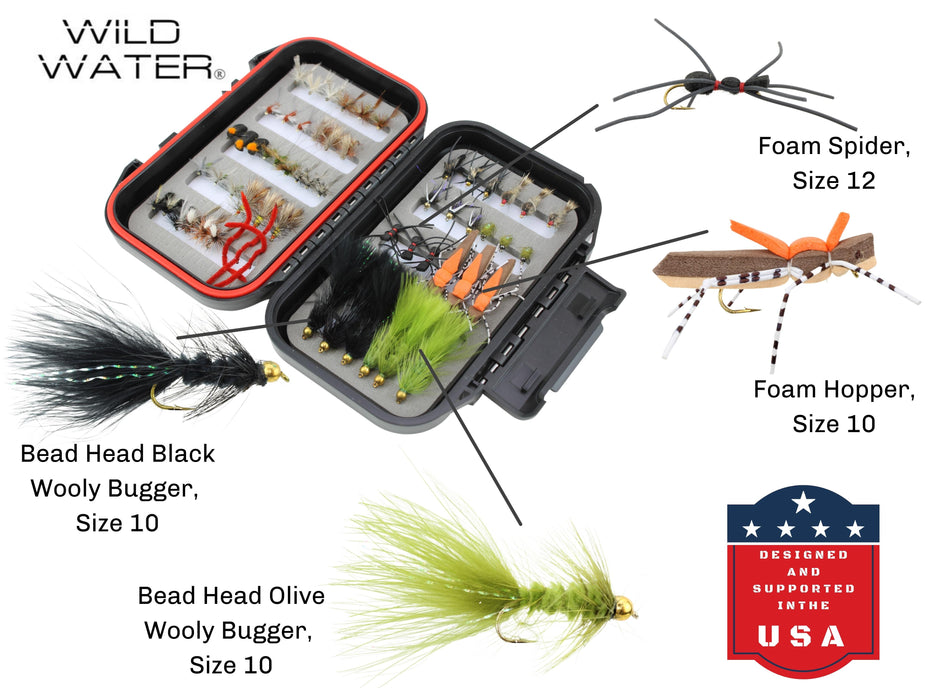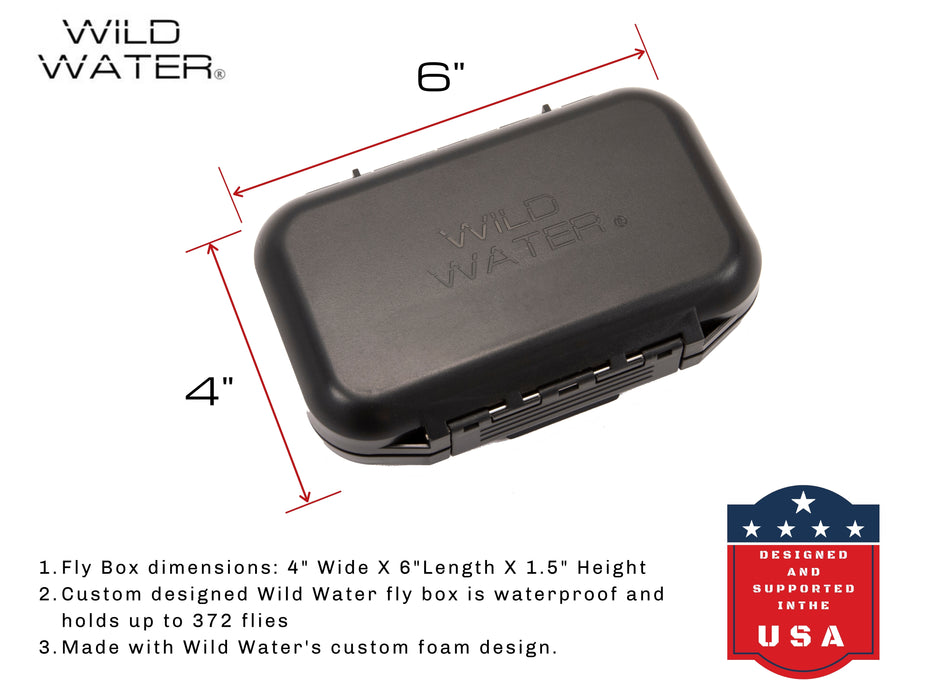Fall Fly Fishing on the Hiwassee River of North Carolina
While cooler winds usher in the holiday season and dance leaves across the winding back roads and scenic majesty we may sometimes find ourselves taking for granted, where the trees guide our eyes over the next few weeks. Locals and visitors alike look forward to winter's pre-requisite… Leaf season.
Here in Southern Appalachia folks travel from far and wide to see the changing of the leaves. A gorgeous spectacle of color when summer takes its last breath, an inhale of green and gusty exhale of yellow, orange, and red, before the dormant gray winter. Small town roads get busier as locals are interspersed with "leaf lookers" and vistas that rarely see people and now offering their best looks of the season as they come under review for "best of the year." We all watch in awe as the cascade of leaves lift off the treetops and swirl through the air, masquerading the current they’re soon to slip into.
It’s the current of a major tributary of the Hiwassee River, just across the Georgia/ North Carolina border, known for gin clear freestone water, consistent yearly flows and access, that I find myself in my waders looking for the coveted big brown trout. These fish are among the many seen on the Delayed Harvest (DH) stretches of water in North Carolina where this time of year it’s prime time for brownies and brookies to spawn. The streams, like the roads, are more populated, while yearlong fly-fishermen & guides like myself are joined by the seasonal fisherman before they retire their waders and rods for the winter. This sanctuary is a prime location for bird watching, leaf peaking, and trout chasing, once again the trees guide our eyes from their peaks to the stream.
Earlier that fall day, when morning sun made its first appearance, it was a cool, overcast
mid-October day with just a slight drizzle to wake me up. The type of weather that has me thinking about hot coffee, wool socks and if the patches in my waders will hold up. I started like most fishy mornings, deciding it's time to get out of the warmth of my sleeping bag, boil some coffee and slip into my chilly scotch mist covered waders. I set up two rods. Both nine foot five weights. The first, I rigged a dry dropper, with a size 10 orange stimulator and dropped about two feet to a pink squirmy worm. The second, a nymph rig, a 9 foot leader with a size 10 black bead head wooly bugger and dropped twelve inches to a size 20 red zebra midge and a BB split shot ten inches above the wooly bugger. When I’m wading in, I like to bring two rods. This strategy for fall benefits anglers after trout that are looking up for the last few large hatches of the year and their weary peers that are glued to the creek bottom feeding on subsurface nymphs. Two rods also reduces the time it takes switching from dry dropper to deeper nymph rigs. I use the dry dropper in the shallow runs and riffles and the nymph rod in the deeper holes where dredging flies along the creek bed is key. Stocked fish still put a bend in the rod but there’s nothing like catching an old wild brown trout.
Usually a few days after a creek stocking, the new fish are eager to eat, mostly trash flies. They’re weaning off of their hatchery diet that consists of nutrient rich pellets and looking for almost anything that breaks the water’s surface. These consist of worm patterns like the squirmy or san juan, egg patterns, and mops. As the season carries on, trout, especially the bigger hold overs, are patterning on the smaller natural foods the fishery has to offer like midges and black stoneflies. I had a few holes that checked off my boxes for the potential to hook into one of the most elusive and sought after trout species, big brownies.
Big mature brown trout learn their shifty behavior from playing it safe and sticking to eating small natural bugs and chasing the occasional baitfish. Fall is really the best time to get after them and take advantage of their aggressive behavior as they move upstream and prepare to spawn. A classic approach is to dead drift a weighted wooly bugger through a main current, let it swing downstream and strip it back through the current. This allows an almost full coverage of natural fly movement and maximizes getting the fly near an aggressive fish. When the leaves allow a long natural drift take advantage of it and be ready to set the hook!
I worked my way down the trail and slipped into the cool morning water. I started in a shallow riffle and picked up a few unsuspecting rainbows on the stimulator and worked my way into one of the larger deeper holes. I set my dry dropper rig on the bank and readied my nymph rig. I studied the water and noticed two converging currents followed by a bubble line that tapered out into the majority of the pool. This usually denotes the deepest part of the riffle and will spit flies out into the deep water where fish hold and feed. I noticed the tail of what looked like a worthy contender. About a fifteen inch dark shadow lurking in about six feet of the deep pool. I adjusted my indicator to follow suit with the water depth and stripped line from the reel. With my best roll cast I started watching my indicator drift through the current and slowly bob where it met the eddy. I quickly set the hook, maintained tension and to my chagrin, a huge cluster of leaves was brought up from the depths causing the trophy class shadow to swirl, spook and remain just that. It’s always heartbreaking but that’s the cost of doing business with big fish in the fall. I cut my losses and moved up continuing the day catching rainbows and the occasional brookie on the dry. No brown to the net but never a bad day on the water.

